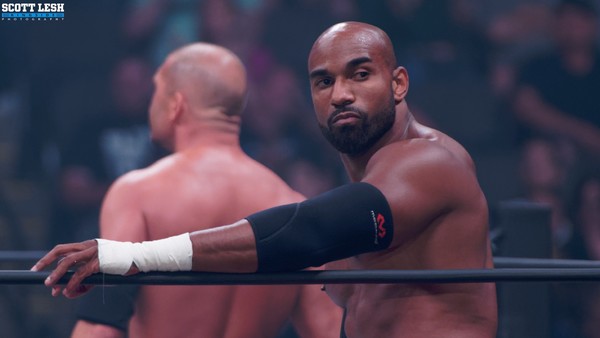How AEW Perfected Pro Wrestling Storytelling

Of course vlogger Sammy Guevara led fans to the backstage attack of Dustin Rhodes. Matt Jackson disrupted the cinematic showdown of the go-home standoff because it wasn’t cinema. He wanted a fight, and there was no reason to stop fighting but a script.
You might love AEW’s approach. You might prefer a soapier, talk-heavy philosophy. But ultimately, to gauge the success of any fiction medium, you must consider the extent to which the consumer connects with the characters.
Chris Jericho is over because he is a charismatic and hilarious entertainment machine, but his silliness does not overwhelm the act because he has cleanly—decisively—defeated many top stars. Cody is over because he has leaned into his Executive role just enough to put himself over as an architect of much-needed change, but has distanced himself from the self-serving danger through the storyline stipulation of his Full Gear World Championship match. Jon Moxley is over because he delivered on a promise, as all good babyfaces should. MJF is over because he is the funniest, most despicable heel who has targeted the most beloved babyface.
Scorpio Sky is over because AEW has built him as a sympathetic, quick-witted winner in an attentive plot that rewarded the intelligence of the audience. He won a match wearing one shoe because his rage powered him through it, and he wore one shoe because he wasn’t match-ready. He wasn’t wearing his gear because that would be contrived. You are rewarded for investing.
AEW has perfected wrestling storytelling…in the men’s and tag team divisions.
The women’s division remains drastically underdeveloped. Kenny Omega has promised to correct this by 2020. Some fans are cynical about this, and rightly so. The division is undesirable.
Trust the process: what’s the next part of that catchphrase?